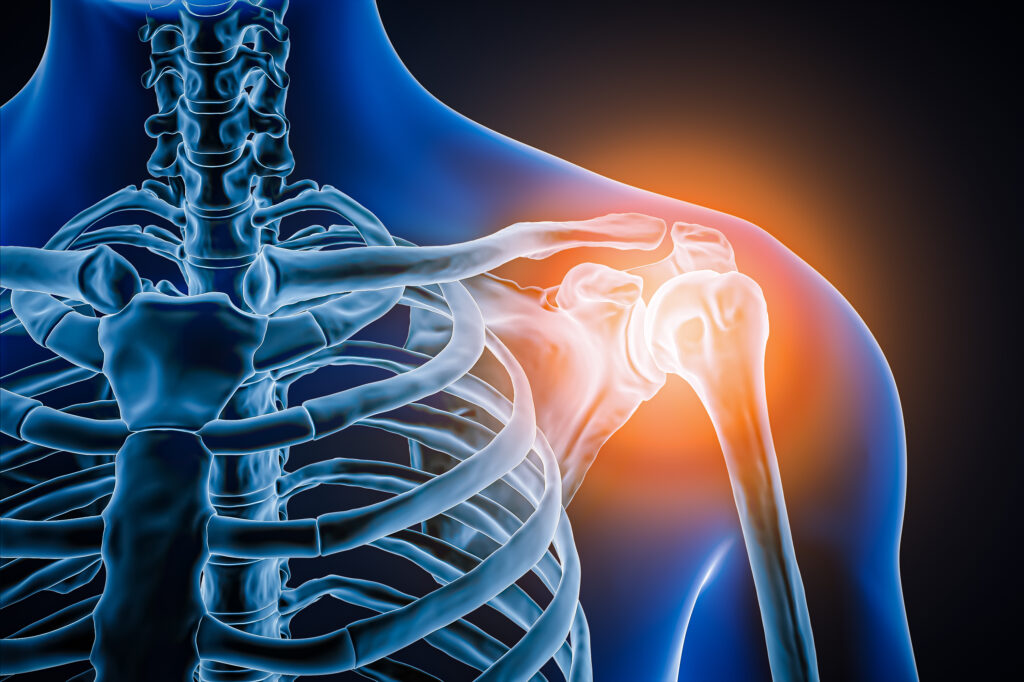Kienböck disease, a rare and debilitating condition, affects the lunate bone in the wrist, leading to severe pain and restricted movement. This condition can greatly impact the quality of life for those affected, making effective treatment strategies crucial. In recent years, innovative therapeutic methods have emerged, one of which is the transplantation of autologous bone marrow-derived mesenchymal stromal cells (BM-MSCs). This approach is particularly promising due to its potential to promote regeneration and modulate the immune response in the necrotic tissues associated with Kienböck disease.
A recent study conducted by Bahareh Sadri, Narges Labibzadeh, Lida Mirmorsali, Marzieh Ebrahimi, Abolfazl Bagherifard, Leila Arab, Nasser Aghdami, Hoda Madani, Alireza Beheshti Maal, Shahedeh Karimi, Saeed Reza Mehrpour, Mohsen Emadedin, and Massoud Vosough aims to evaluate the safety of BM-MSC transplantation following core decompression in individuals suffering from Kienböck disease.
The study’s significance lies in its focus on safety, which is a critical aspect when considering new treatments for a condition that can lead to significant morbidity. Mesenchymal stromal cells are known for their regenerative capabilities, including the potential to differentiate into various cell types and secrete bioactive molecules that can help in tissue repair. By focusing not just on alleviating symptoms but also on promoting healing and regeneration, the study opens a new avenue in the management of Kienböck disease.
As researchers continue to explore the potential of regenerative medicine, the results of this study could pave the way for new treatment protocols that enhance patient outcomes. The incorporation of BM-MSCs into treatment regimens represents a shift towards more personalized and effective care strategies for those afflicted by this challenging condition.
In conclusion, the ongoing research into the safety of autologous BM-MSC transplantation in Kienböck disease is a promising development in orthopedic and regenerative medicine. As further findings emerge, they may not only enhance our understanding of Kienböck disease but also lead to improved therapeutic options that could significantly benefit patients grappling with this painful condition.


